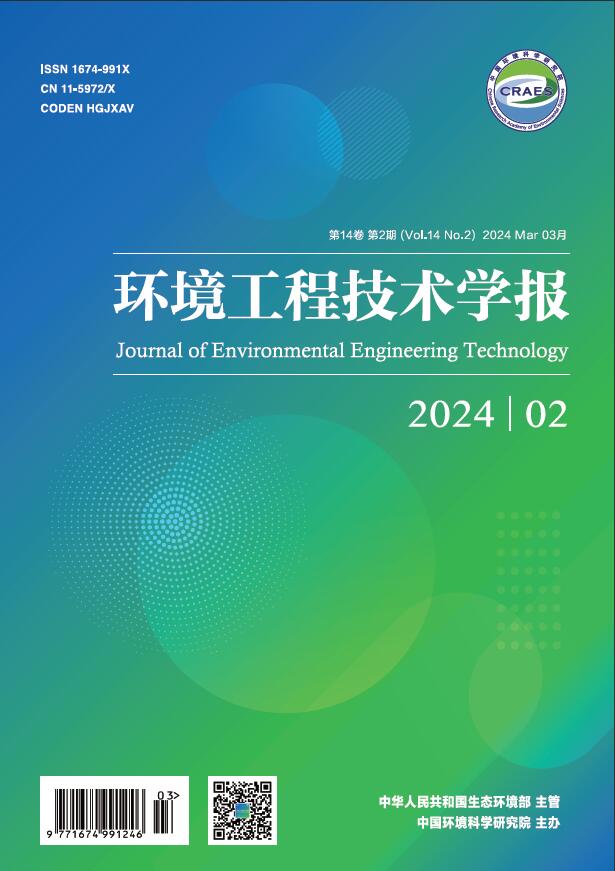2013 Vol. 3, No. 3
column
- Water Pollution Control Technology and Resource Utilization
- Biological and Ecological Engineering and Recovery Technology
- Air Pollution Control Technology and Usage of Clean Energy
- Solid Waste Pollution Prevention and Recycling Technology
- Environmental Risk Assessment and Management Technology
- Environmental Technology Verification and Evaluation System Technology
- Chemical and Ecotoxicological Assessment of Environmental Risk Analysis
Display Method:
2013 Vol.3, No.3
Data Statistical Analysis and Operating Suggestion of a Wastewater Treatment Plant using BAF Process
2013, 3(3): 189-194.
doi: 10.3969/j.issn.1674-991X.2013.03.031
Abstract:


